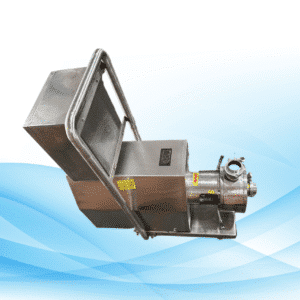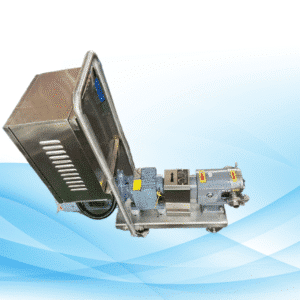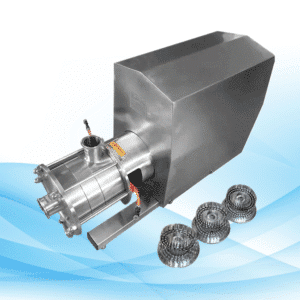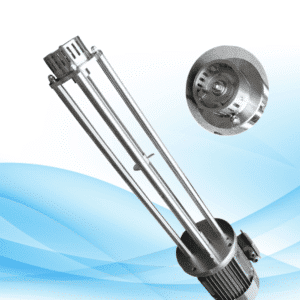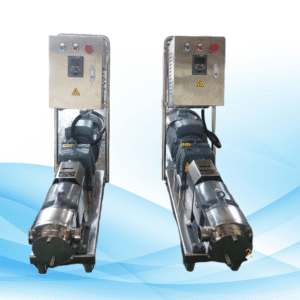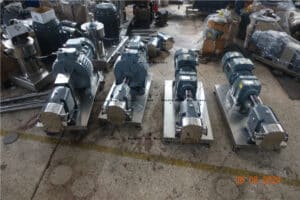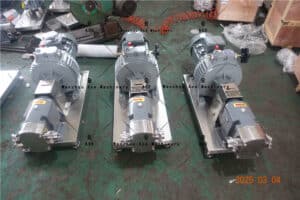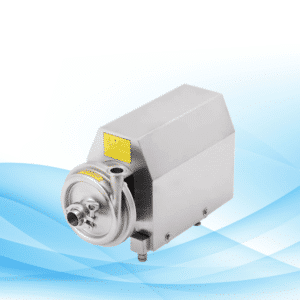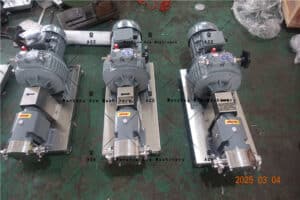Pumps that Use Diaphragms

Pumps that use diaphragms are used in many industries because they are reliable and efficient, easy to use, and easily designed. Diaphragm pumps are a type of positive displacement pump which have distinct advantages such as being able to self-prime, dry running, and vacuum or cavitation issues. Where we offer you extensive industrial diaphragm pump knowledge and imaging systems have extensive knowledge in medical engineering, we combine forces to make your industrial diaphragm pumps purchase decision easier.

Frequently Asked Questions (FAQ)
1. What is a Diaphragm Pump?
A diaphragm pump is a type of positive displacement pump like its cousin the diaphragm pump as they both use flexible membrane parts called diaphragms to lift fluids. The movement of the diaphragm (which may be driven pneumatically, electrically, or through reciprocating piston action) generates pressure and creates a void to draw back its fluid. Due to its simplicity and robustness, diaphragm pumps find widespread use.
They are widely employed in the chemical, food and beverage, pharmaceutical, and wastewater industries for the transfer of chemicals, slurries, highly viscous fluids, and even the most abrasive fluids because of their aggressive nature.
2. How Do Diaphragm Pumps Function?
The work of a diaphragm pump is based on the up-and-down motion of a diaphragm in a pump chamber. Here’s an outline of the procedure:
- Suction Stroke: When the diaphragm moves backward (toward the inlet), it pulls a vacuum, resulting in fluid being drawn into the pump chamber through the inlet valve.
- Compression Stroke: The diaphragm pushes fluid forward, and during the forward motion (toward the outlet) fluid flows through the outlet valve, thus both diaphragm movement and pressure created by fluid results in discharge of the fluid from the pump.
- Valves: The check valves are used at both the inlet and the outlet of the pump to restrict the fluid to flow through one direction only.
That action of the two diaphragms in the pump generates the positive pressure needed to push the fluid out of the pump while also causing a negative pressure (vacuum) to pull fluid into the pump. This explains why diaphragm pumps are common in situations that require steady and precise flow.
3. Features or Benefits of Diaphragm Pumps
Another industry that can greatly benefit from reliable fluid handling functions are fluid processing industries. The following features are the most important to highlight when considering new diaphragm pumps:
- Self-Priming: The inability or difficulty of priming diaphragm pumps will not prevent them from starting to pump.
- Dry Running Capabilities: Diaphragm pumps are among the few types of pumps that can operate dry without sustaining damage. This feature is particularly advantageous in situations where the supply of fluid is prone to interruptions.
- Handle Viscous and Abrasive Fluids: Diaphragm pumps, because of their positive displacement sectional design, can efficiently handle thick liquids, slurry, and abrasive fluids which other pumps would struggle with.
- No Lubrication Needed: As diaphragm pumps do not require lubrication for their moving parts, they offer lower-maintenance solutions for mechanical diaphragms which can lead to longer overall service life.
- Easy to Maintain: Because diaphragm pumps have fewer parts that could become worn, their straightforward design simplifies servicing. With the reduction of components comes ease of part replacement.
4. The Major Uses of Diaphragm Pumps
Because of their effectiveness, diaphragm pumps are utilized in diverse industries. Below outlines some of the major uses:
- Chemical Industry: Diaphragm pumps are preferable for the transportation of corrosive chemicals, acids, and alkalis in the chemical industry because of their safe handling of aggressive fluids.
- Food and Beverage: The food and beverage industry uses diaphragm pumps to convey certain items such as food and drink products and sauces to other processes. These pumps are appreciated in the industry for their sanitary features that prevent contamination of the product.
- Pharmaceutical: The pharmaceutical industry needs precision in every stage of production. Diaphragm pumps transfer active pharmaceutical ingredients (APIs), sterile liquids, and other sensitive products that need contamination-free transferral.
- Wastewater Treatment: In sewage treatment plants and other wastewater applications, diaphragm pumps are quite useful as they are able to pump sludges and dirty water with ease.
- Oil and Gas: Fuel transfer, lubricants and even oil-based slurries and chemicals are transferred using diaphragm pumps in the oil and gas industry.
5. Types of Diaphragm Pumps
The classification is based on design and components utilized which gives rise to various types of diaphragm pumps. Broadly, it is split into two categories:
- Air-Operated Double Diaphragm (AODD) Pumps: These comprise the largest segment by volume. They are driven by compressed air through a diaphragm that is moved mechanically back and forth. AODD pumps are flexible, able to handle a wide range of fluids, and even vicious and abrasive substances.
- Electric Diaphragm Pumps: Unlike other types of diaphragm pumps, electric pumps are powered mechanically instead of using compressed air. These pumps find application in scenarios where an electric supply is more convenient than using a controlled air supply.
6. Maintenance Tips for Diaphragm Pumps
In any case, any device with moving parts requires proper servicing; it’s required to ensure a pump works correctly due to proper servicing. Follow this advice to ensure proper functioning of your pump:
- Inspections with Set Frequency: These and similar types of pumps must always have their arms and plates checked for cracks or wearing parts, since they’re in constant back and forth motion during usage enabled by electricity.
- Conduct Foul Lip Removal Routine: Pump cleaning ensures optimal operation as well as proper hygiene during automated processes. Thorough regular checks with schedule timers are beneficial to any automated devices.
- Weigh Pump Energetics: Diagnosing hearing problems – whether they come from badly placed rib membranes, springs, electrodes, corrugators or the whole assembly is fundamental to proper controller and servo control pipages.
- Deal with Symptoms Related to Fingers Towards Core Problem: Patience is required when focusing over the muscular layer because in such locations springs and other sensitive devices of frame die get very hot.
- Check Fluid Compatibility: Confirm the pumped fluid is suitable with the diaphragm pump parts. With fluids that are incompatible may cause damage or reduce the performance.
7. Conclusion
Diaphragm pumps are remarkably dependable and effective for diverse applications, especially those requiring precision handling of difficult fluids. These pumps are also widely used in other industries such as chemical, food and beverage, and pharmaceutical manufacturing because they are self-priming, can run dry, and can pump abrasives and viscous fluids.
For systems needing to withstand harsh conditions, toxic and corrosive chemicals, or thick slurries, a diaphragm pump would best serve your needs. Selecting the proper diaphragm pump will increase efficiency, lessen downtime, and enhance system-wide performance.
8. Frequently Asked Questions (FAQ)
- What is the difference between a diaphragm pump and piston pump? As positive displacement pumps, diaphragm pumps and piston pumps differ in their mechanisms of action. Diaphragm pumps utilize flexible diaphragms, while piston pumps use pistons to create the pumping action. For viscous or abrasive fluids, diaphragm pumps are more favorable.
- Can diaphragm pumps cope with corrosive fluids? Diaphragm pumps can handle fluids that are more corrosive in nature and especially when they are made with stainless steel, PTFE, or other corrosion-resistant materials. This makes them ideal for the chemical processing industries.
- Are diaphragm pumps self-priming? Self-priming diaphragm pumps are a variety that automates the priming stage of operation, making it unnecessary for the user to manually fill the pump with liquid beforehand.
- How do I select a diaphragm pump for my application? Analyze the type of diaphragm pump required by examining the fluid’s viscosity, flow rate, pressure requirements, and materials compatibility. Options may be further narrowed after discussion with an expert or after going through the manufacturer’s specifications.
- What is the average lifespan of a diaphragm pump? As with most other tools, diaphragm pumps will endure for many years, provided there is a proper maintenance regime in place. Regular checks and timely servicing of worn parts will ensure a long service life.

